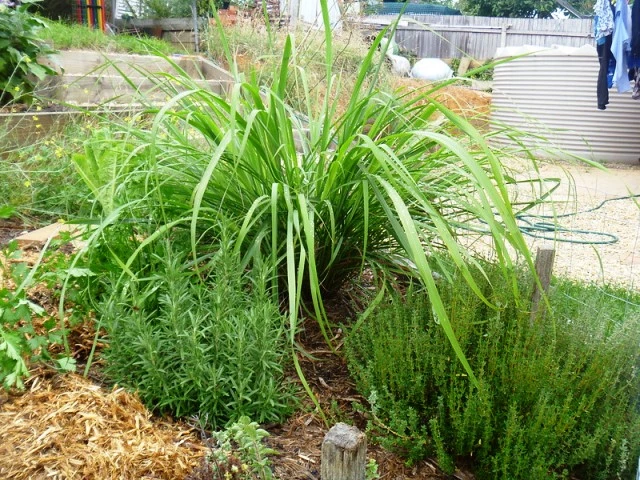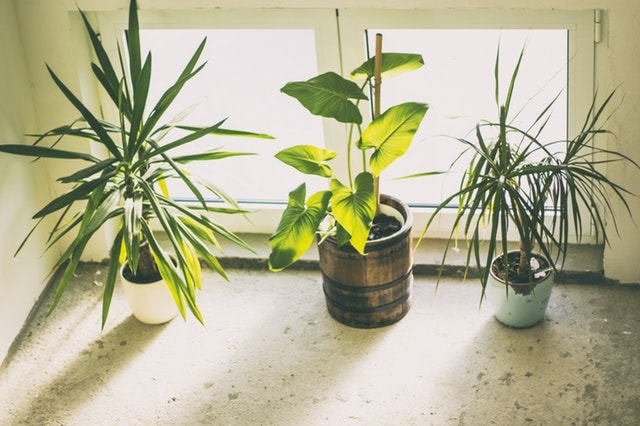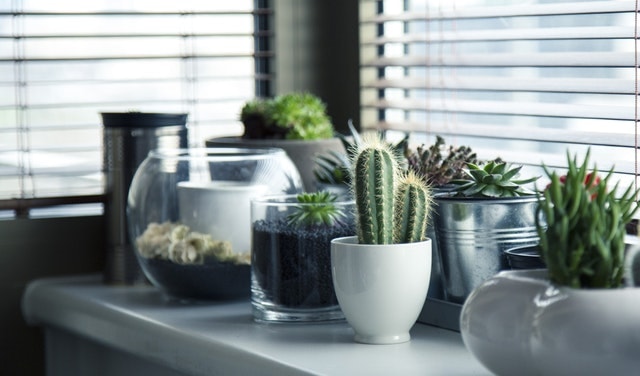Companion planting is a gardening technique that involves growing certain plants together to promote mutual benefits such as pest control, improved growth, and better flavor. Lemongrass, a fragrant and versatile herb, is an excellent candidate for companion planting. With its strong citrus scent and natural pest-repellent properties, lemongrass can be a valuable addition to your garden, benefiting not only itself but also its neighboring plants. In this blog post, we’ll explore the best plants to grow alongside lemongrass and how this combination can create a thriving, harmonious garden environment.

The Benefits of Companion Planting with Lemongrass
Lemongrass (Cymbopogon citratus) is a tropical plant that thrives in warm, sunny conditions. Its tall, grassy stalks can grow up to three feet in height, creating a natural barrier that can provide shade and protection for more delicate plants. Beyond its physical attributes, lemongrass is known for its strong citrus aroma, which can deter a wide range of garden pests, including mosquitoes, aphids, and whiteflies.
When used in companion planting, lemongrass offers several key benefits:
- Pest Repellent: The strong scent of lemongrass is known to repel common garden pests, reducing the need for chemical pesticides and helping to protect your other plants.
- Soil Improvement: Lemongrass has deep roots that help to aerate the soil, improving drainage and promoting healthy root systems for nearby plants.
- Microclimate Creation: The tall, dense foliage of lemongrass can create a microclimate that protects more delicate plants from wind and excessive sun, helping them to thrive.
- Aesthetic Appeal: Lemongrass adds a beautiful, tropical touch to the garden, complementing a variety of other plants both visually and functionally.
Best Plants to Grow with Lemongrass
To maximize the benefits of companion planting with lemongrass, it’s important to choose plants that will thrive in similar growing conditions and that will benefit from lemongrass’s natural attributes. Here are some of the best plants to grow alongside lemongrass:
- Tomatoes
- Tomatoes and lemongrass make an excellent pair in the garden. Lemongrass’s ability to repel pests like aphids and whiteflies can help protect your tomato plants from these common nuisances. Additionally, the tall stalks of lemongrass can provide some shade for tomatoes, which prefer a bit of relief from the hot sun during the peak of summer.
- Peppers
- Like tomatoes, peppers benefit from the pest-repellent properties of lemongrass. The shade provided by lemongrass can also be beneficial, especially in hot climates where peppers can suffer from sunscald. The two plants have similar soil and watering requirements, making them compatible companions.
- Basil
- Basil is another herb that pairs well with lemongrass. Both plants thrive in similar conditions, enjoying full sun and well-drained soil. Basil also benefits from the pest-repellent properties of lemongrass, particularly when it comes to warding off mosquitoes. In turn, basil can enhance the flavor of nearby vegetables, making it a great addition to a lemongrass-tomato-pepper trio.
- Onions and Garlic
- Onions and garlic are natural pest repellents themselves, and when planted with lemongrass, they create a powerful pest-deterring combination. These alliums are effective at repelling aphids, carrot flies, and other common garden pests. Their low-growing nature complements the taller lemongrass, making efficient use of garden space.
- Marigolds
- Marigolds are well-known for their pest-repellent properties, particularly against nematodes, aphids, and whiteflies. When planted with lemongrass, marigolds can enhance the overall pest control in your garden. Additionally, their bright, cheerful flowers add a splash of color that contrasts beautifully with the green stalks of lemongrass.
- Mint
- Mint is a hardy herb that can thrive in a variety of conditions, and its strong scent can complement the pest-repellent properties of lemongrass. However, mint is known to be invasive, so it’s best to plant it in a container near your lemongrass to prevent it from overtaking the garden. Together, these two plants can create a powerful natural barrier against pests.
- Cucumbers
- Cucumbers grow well with lemongrass due to their similar sun and water needs. The tall lemongrass can provide some shade for the cucumber vines, preventing them from getting too much direct sunlight. Additionally, lemongrass helps to repel aphids and other pests that can damage cucumber plants.
- Beans
- Beans, particularly pole beans, can benefit from the pest-repellent properties of lemongrass. The tall lemongrass can also serve as a natural trellis for climbing bean varieties, saving space and adding structure to your garden.
How to Plant and Care for Lemongrass with Companions
When planting lemongrass with companion plants, it’s important to consider spacing and placement to ensure that all plants have enough room to grow and access to sunlight and nutrients. Here are a few tips to keep in mind:
- Spacing: Lemongrass can grow quite large, so make sure to give it enough space to spread out. Plant smaller companions, such as basil or marigolds, at the base of the lemongrass, while taller plants like tomatoes or pole beans can be placed nearby.
- Watering: Lemongrass prefers consistently moist soil, so be sure to water it regularly, especially during dry periods. Companion plants with similar water needs will thrive alongside lemongrass.
- Soil: Lemongrass thrives in well-drained soil that is rich in organic matter. Before planting, amend your garden bed with compost to provide a nutrient-rich environment for all your plants.
- Sunlight: Most companion plants that pair well with lemongrass, such as tomatoes, peppers, and basil, require full sun. Make sure your garden bed receives at least 6-8 hours of direct sunlight each day.
Conclusion
Companion planting with lemongrass is a smart and sustainable way to enhance your garden’s productivity and health. By carefully selecting plants that benefit from lemongrass’s natural attributes, you can create a garden that is not only beautiful but also resilient and bountiful. Whether you’re growing vegetables, herbs, or flowers, adding lemongrass to your garden can help you achieve a thriving, pest-free environment.
MORE POSTS: How to Grow Lemongrass Indoors in Containers



